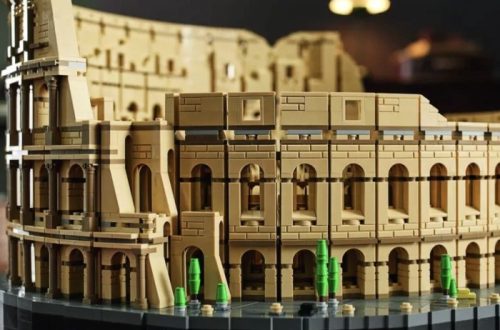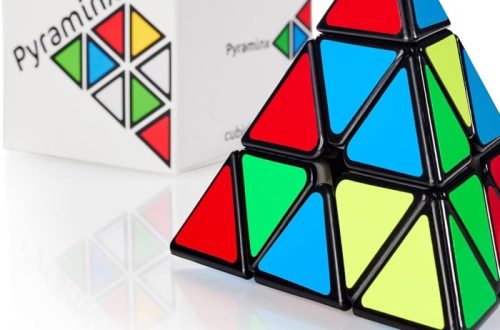Part 1: Regular Maintenance
1. Regular Cleaning: A Crucial Step
Beyond surface-level cleaning, delve deeper into your RC toy’s maintenance. Remove batteries before cleaning to avoid accidental operation or short circuits. Use a soft-bristled brush to gently remove dirt and debris from the exterior, paying attention to crevices and corners. For delicate components, consider using a canned air duster to blow away dust particles. Avoid using harsh chemicals or excessive water, as these can damage the electronics or components.
2. Component Inspection and Tightening
Regular inspections are essential to identify and address potential issues before they escalate. Check for loose screws and bolts throughout the toy, including those securing the chassis, wheels, and control surfaces. Use a screwdriver to tighten any loose fasteners to the manufacturer’s specifications. Inspect the control linkages for any signs of wear, binding, or damage. If you notice any problems, take appropriate action to prevent further issues.
3. Battery Care: Essential for Performance
Batteries are a critical component of RC toys. Store batteries in a cool, dry place when not in use to prevent degradation. Avoid storing batteries fully charged for extended periods, as this can shorten their lifespan. Charge batteries according to the manufacturer’s instructions and avoid overcharging. Regularly check the battery terminals for corrosion and clean them gently if necessary.

4. Lubrication: Reduce Friction and Wear
Lubrication is essential for maintaining smooth operation and preventing excessive wear. Use a high-quality lubricant specifically designed for RC toys. Apply a small amount to moving parts like gears, bearings, and control linkages. Avoid over-lubrication, as excess lubricant can attract dirt and debris.
5. Storage: Protect Your Investment
Proper storage can help preserve your RC toy’s condition. Store it in a clean, dry place away from direct sunlight and extreme temperatures. Remove batteries before storing the toy for extended periods to prevent accidental operation and battery damage. Consider using a protective case or cover to shield the toy from dust and scratches.
Part 2: Battery Care
1. Charging Precision: The Right Charger Matters
Using the correct charger is paramount for optimal battery performance. Avoid using generic chargers that may not be compatible with your specific battery type. Invest in a quality charger designed for your RC toy’s batteries. These chargers often have built-in safety features to prevent overcharging and undercharging.
2. Storage Conditions: Preserve Battery Life
Proper storage is essential for maintaining battery health. Store batteries in a cool, dry place away from direct sunlight and extreme temperatures. Avoid storing batteries fully charged for extended periods, as this can lead to degradation. Store batteries at a moderate charge level (around 50-70%) to minimize self-discharge.
3. Battery Storage Duration:
If you’re storing your RC toy for an extended period, consider removing the batteries and storing them separately. This will help prevent accidental discharge and potential damage. Check the batteries periodically during storage to ensure they are not showing signs of swelling, leakage, or other abnormalities.
4. Charging Frequency:
The ideal charging frequency depends on the battery type and your usage patterns. Lithium-polymer (LiPo) batteries generally require more frequent charging than nickel-metal hydride (NiMH) batteries. Avoid deep-discharging your batteries, as this can shorten their lifespan.
5. Battery Safety: Prevent Fires and Accidents
LiPo batteries can be susceptible to fires if not handled properly. Never charge or store LiPo batteries near flammable materials or in enclosed spaces. Use a fire-resistant charging bag to contain potential fires. Monitor LiPo batteries during charging for signs of overheating or swelling.
6. Battery Disposal: Responsible Recycling
When your RC toy batteries reach the end of their lifespan, dispose of them responsibly. Do not throw them in the regular trash, as they contain hazardous materials. Recycle them at a designated electronics recycling facility or follow local guidelines for battery disposal.
By following these battery care tips, you can significantly extend the lifespan of your RC toy batteries and ensure optimal performance. Proper charging, storage, and safety practices will help you enjoy your RC hobby for years to come.

Part 3: Proper Handling
1. Motor Maintenance: Prevent Overheating and Wear
Overworking the motor can lead to premature wear and tear, reducing your RC toy’s performance and lifespan. Avoid pushing the motor to its limits for extended periods. Give it time to cool down between intense runs. Monitor the motor’s temperature during operation. If it feels excessively hot, take a break to allow it to cool.
2. Terrain Awareness: Choose Suitable Environments
The environment can significantly impact your RC toy’s performance and longevity. Avoid rough terrains that can cause damage to the chassis, suspension, or other components. Be cautious of obstacles like rocks, trees, or buildings that could lead to collisions. Extreme weather conditions like rain, snow, or high winds can also affect your RC toy’s operation. Choose appropriate environments to minimize the risk of damage and ensure optimal performance.
3. Water Exposure: Protect Electronics
If your RC toy is designed for water use, follow the manufacturer’s guidelines for water exposure. Avoid submerging the toy in deep water or exposing it to high-pressure water jets. Rinse the toy with fresh water after use to remove salt or other contaminants. If the toy is not water-resistant, keep it away from water to prevent damage to the electronics.
4. Collision Avoidance: Prevent Damage
Collisions can cause significant damage to your RC toy. Be aware of your surroundings and avoid obstacles to minimize the risk of accidents. Practice controlled maneuvers to maintain stability and avoid sudden movements that could lead to loss of control.
5. Regular Inspections: Catch Issues Early
Regular inspections can help you identify and address potential problems before they escalate. Check for loose screws, bolts, or other components that may need tightening. Inspect the control linkages for any signs of wear or damage. Monitor the tire pressure to ensure proper handling and prevent excessive wear.
By following these guidelines, you can protect your RC toys from damage and ensure that they provide you with many hours of enjoyment. Proper motor care, terrain awareness, water protection, collision avoidance, and regular inspections will help you maintain the performance and longevity of your beloved toys.

Part 4: Upkeep of Moving Parts
1. Lubricate moving parts:
Regularly lubricating the moving parts of your RC toys, such as gears and bearings, can help reduce friction and wear, extending the lifespan and performance of these components.
2. Check for wear and tear:
Regularly inspect the moving parts of your RC toys for any signs of wear and tear. Addressing these issues early on can prevent further damage and maintain peak performance.
Part 5: Upgrading and Modification
1. Consider upgrading components:
Upgrading certain components of your RC toys, such as the motor, batteries, or suspension, can greatly improve their overall performance. Research and consider upgrading parts based on your specific needs and usage.
2. Avoid unnecessary modifications:
While some modifications can enhance performance, be cautious when making changes to your RC toys. Unnecessary or poorly executed modifications can lead to decreased performance and potential damage.
Part 6: Storage and Transportation
1. Store your RC toys properly:
When not in use, store your RC toys in a dry, clean, and secure place to prevent damage and maintain their performance. Additionally, consider using protective cases or covers to shield them from dust and debris.
2. Properly secure during transportation:
When transporting your RC toys, make sure they are secured properly to prevent any damage or shifting during transit. Use padded bags or boxes to protect them from any potential impacts.



